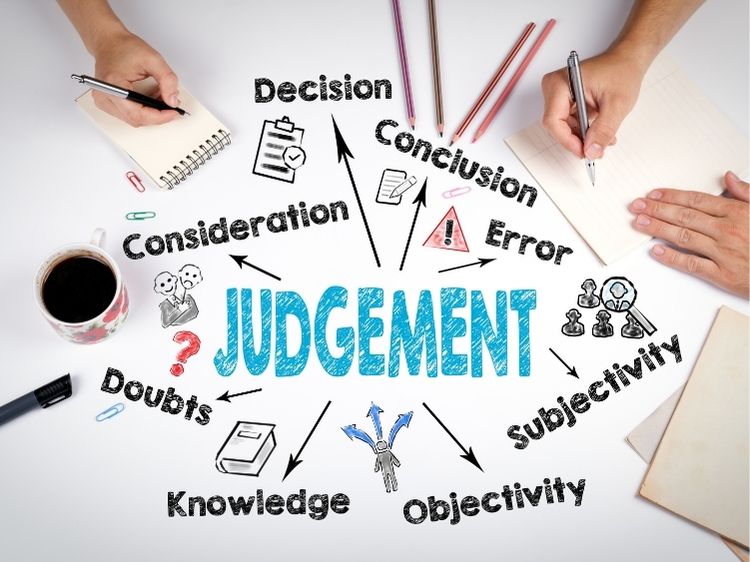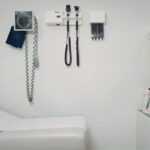Negligence and product liability are crucial concepts in the realm of law, particularly in consumer protection. In today’s fast-paced world, where products are produced and consumed on a massive scale, it’s essential to understand the relationship between negligence and product liability. What happens when a product fails, causing injury or damage? Who’s responsible? These are the questions that arise in such cases, and the legal system has established frameworks to address them.
In this article, we’ll break down the key aspects of negligence and product liability, explain their significance in modern law, and guide you through what to do if you find yourself facing such a legal challenge. So, let’s dive in and explore these important legal terms in a way that’s easy to understand yet comprehensive enough to be valuable.
What Is Negligence?
Negligence, in legal terms, occurs when someone fails to take reasonable care to avoid causing harm to others. It’s not about intentional harm—it’s about carelessness or failure to act when a reasonable person would have. For example, if a company fails to properly inspect a product before it goes to market, and that product ends up hurting someone, that company could be accused of negligence.
Negligence usually involves the following elements:
- Duty of Care: The defendant owed a duty to the plaintiff.
- Breach of Duty: The defendant breached that duty through action or inaction.
- Causation: The breach caused harm to the plaintiff.
- Damages: The plaintiff suffered actual harm or loss as a result.
Examples of Negligence
- A manufacturer fails to test a new product before releasing it to the market, and it causes injuries to consumers.
- A store doesn’t clear up a spill, leading to a customer slipping and hurting themselves.
Negligence isn’t always clear-cut, though. It requires proving that the defendant had a duty to prevent harm and failed in that responsibility.
What Is Product Liability?
Product liability refers to the responsibility manufacturers, distributors, suppliers, and retailers have when a product they provide causes harm. Unlike negligence, product liability doesn’t always require proving that someone acted carelessly. In fact, product liability often operates on a strict liability basis, which means a company can be held responsible even if they didn’t intentionally do anything wrong.
Product liability typically falls into three categories:
- Design Defects: The product’s design is inherently dangerous or flawed.
- Manufacturing Defects: Something went wrong during the product’s creation or assembly.
- Marketing Defects: The product lacked proper instructions or warnings.
Examples of Product Liability Cases
- A car company is sued because a vehicle’s brakes fail due to a design flaw.
- A children’s toy is found to contain small parts that pose a choking hazard, but no warning label was provided.
The Relationship Between Negligence and Product Liability
While negligence and product liability are distinct, they often overlap in legal cases. In some product liability cases, negligence needs to be proven, especially if it involves claims related to a company’s failure to act responsibly, like not conducting adequate safety tests.
On the other hand, strict product liability cases don’t require proof of negligence. If a product was defective and caused harm, that alone might be enough to win a case.
Legal Grounds for Filing a Product Liability Claim
If you’ve been injured by a defective product, you might have grounds to file a product liability claim. But what do you need to know before filing? Here are the basics:
- Prove the Defect: Whether it’s a design, manufacturing, or marketing defect, you need to show that the product was faulty.
- Show Causation: The defect must have directly caused your injury.
- Demonstrate Harm: You need to prove that you suffered actual injury or loss as a result.
Steps to Take in a Product Liability Case
Facing a product liability case? Here’s a quick guide on what to do next:
- Document Everything: Keep records of your injury, the product, and any medical treatment.
- Seek Legal Advice: Talk to a lawyer who specializes in product liability law.
- Keep the Product: Don’t discard or repair the product in question; it may serve as critical evidence.
Common Defenses in Negligence and Product Liability Cases
Of course, companies don’t just sit back and accept responsibility when facing negligence or product liability claims. They often have several defenses, including:
- Comparative Negligence: Arguing that the plaintiff was partially at fault.
- Assumption of Risk: Claiming the plaintiff knew about the product’s risks and chose to use it anyway.
- Misuse of the Product: The plaintiff used the product in a way it wasn’t intended for, leading to injury.
How Comparative Negligence Works
Comparative negligence is a common defense in cases involving negligence and product liability. This defense argues that the plaintiff shares some of the blame for their injuries. For example, if someone uses a ladder inappropriately and it collapses, the manufacturer might claim the user’s actions contributed to the accident.
FAQs About Negligence and Product Liability
What’s the difference between negligence and product liability?
Negligence is about proving that someone failed to act responsibly, leading to harm, while product liability often revolves around the idea of strict liability, meaning the company can be held responsible even if they didn’t act negligently.
Can I sue for both negligence and product liability?
Yes, in some cases, you can pursue both negligence and product liability claims. Your attorney can help determine the best legal strategy based on your situation.
What types of products are most often involved in product liability cases?
Commonly, products like cars, pharmaceuticals, electronics, and toys are involved in product liability cases.
How do I know if I have a valid product liability claim?
If you’ve been injured by a product and believe it was defective, you may have a valid claim. Consulting a lawyer specializing in product liability is your best first step.
Conclusion
Understanding the concepts of negligence and product liability is crucial for consumers and businesses alike. Whether you’re a customer harmed by a defective product or a business owner looking to avoid legal pitfalls, staying informed on these legal principles can help you navigate potential challenges.
Negligence cases focus on proving someone’s carelessness, while product liability often involves strict liability, where a product defect alone can establish responsibility. Either way, knowing your rights and how the legal system handles such cases is essential.
If you ever find yourself dealing with a product-related injury, remember the importance of documentation, legal advice, and understanding the grounds for your case.
Authoritative Links
- https://www.consumerreports.org
- https://www.law.cornell.edu
- https://www.nolo.com
- https://www.findlaw.com







